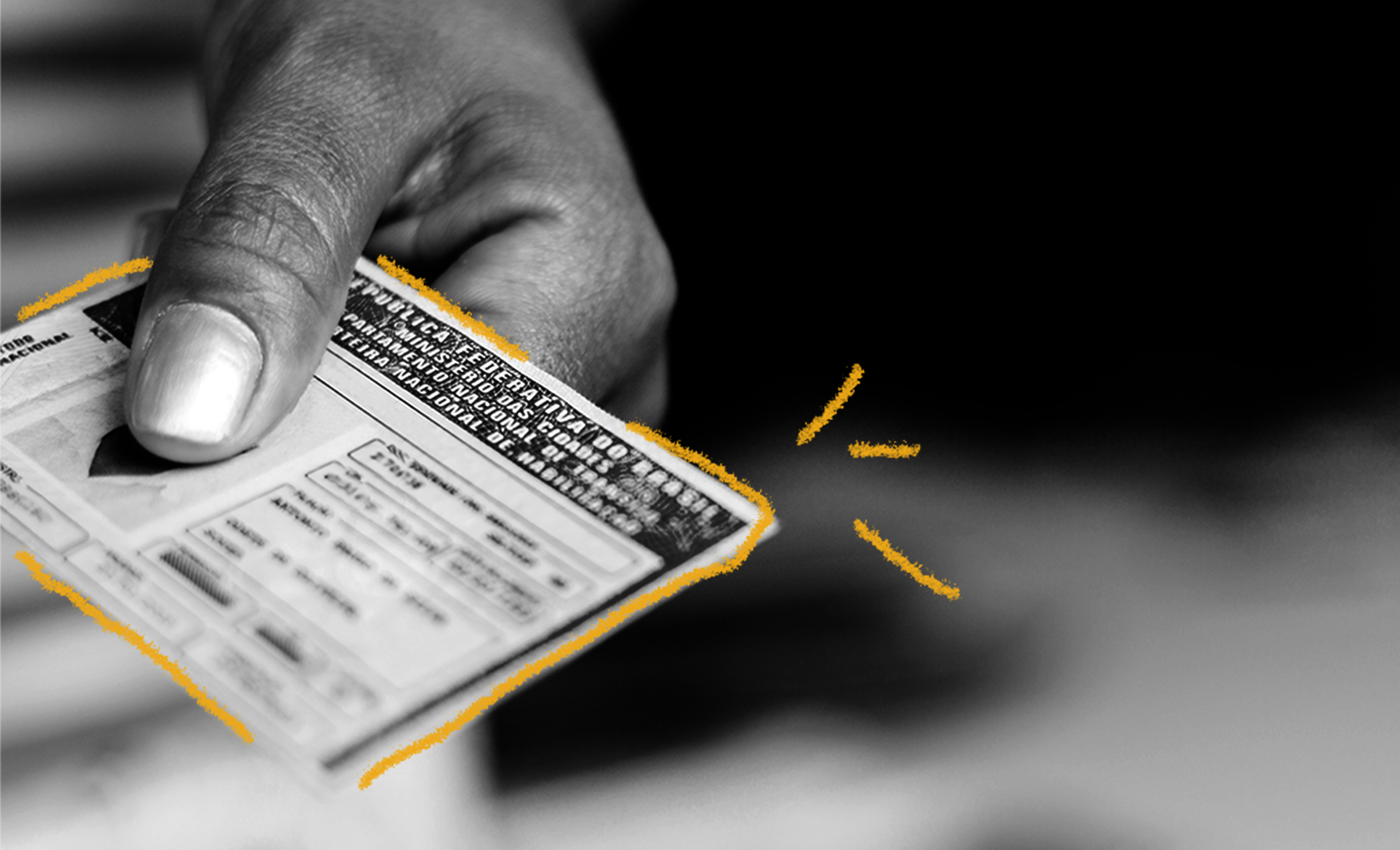Because licenses weren’t required to operate a horse and carriage, when automobiles first came out, no one thought about ways to ensure that drivers could safely operate their vehicles. But in 1903, Massachusetts and Missouri became the first two states to require a driver’s license. However, drivers did not have to pass an exam to get one. Five years later, Rhode Island became the first state to require that drivers pass a written exam before issuing them a driver’s license. In 1913, New Jersey became the first state to require both a written exam and a road test. By 1930, only half of the 48 states required a license to drive a motor vehicle and only 15 of those states required drivers to pass an exam. In 1954, South Dakota became the last state to issue driver’s licenses and in 1959, it became the last to require a driver’s exam. Today, there are multiple types of licenses, including unrestricted (the most common type), provisional (usually for new drivers), commercial, and motorcycle licenses. Because driver’s licenses have evolved to be used as a form of identification in the United States, license cards with Radio Frequency Identification chips and enhanced security features like holograms, microprinting, laser perforation, and ultraviolet ink have been developed. The most recent type of driver’s license is the REAL ID.

Your go-to guide for weird history facts
Subscribe to the FREE daily email that makes learning about history fun.


